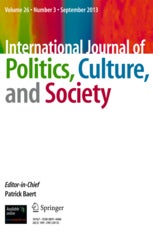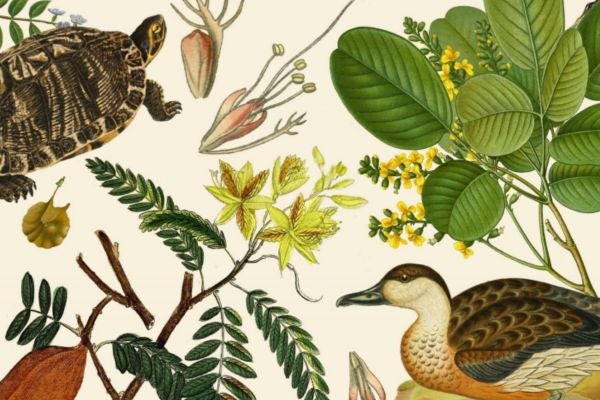Culture and resilience in Doha and Singapore: Anatomy of an emerging cultural policy discourse amid the Covid-19 pandemic
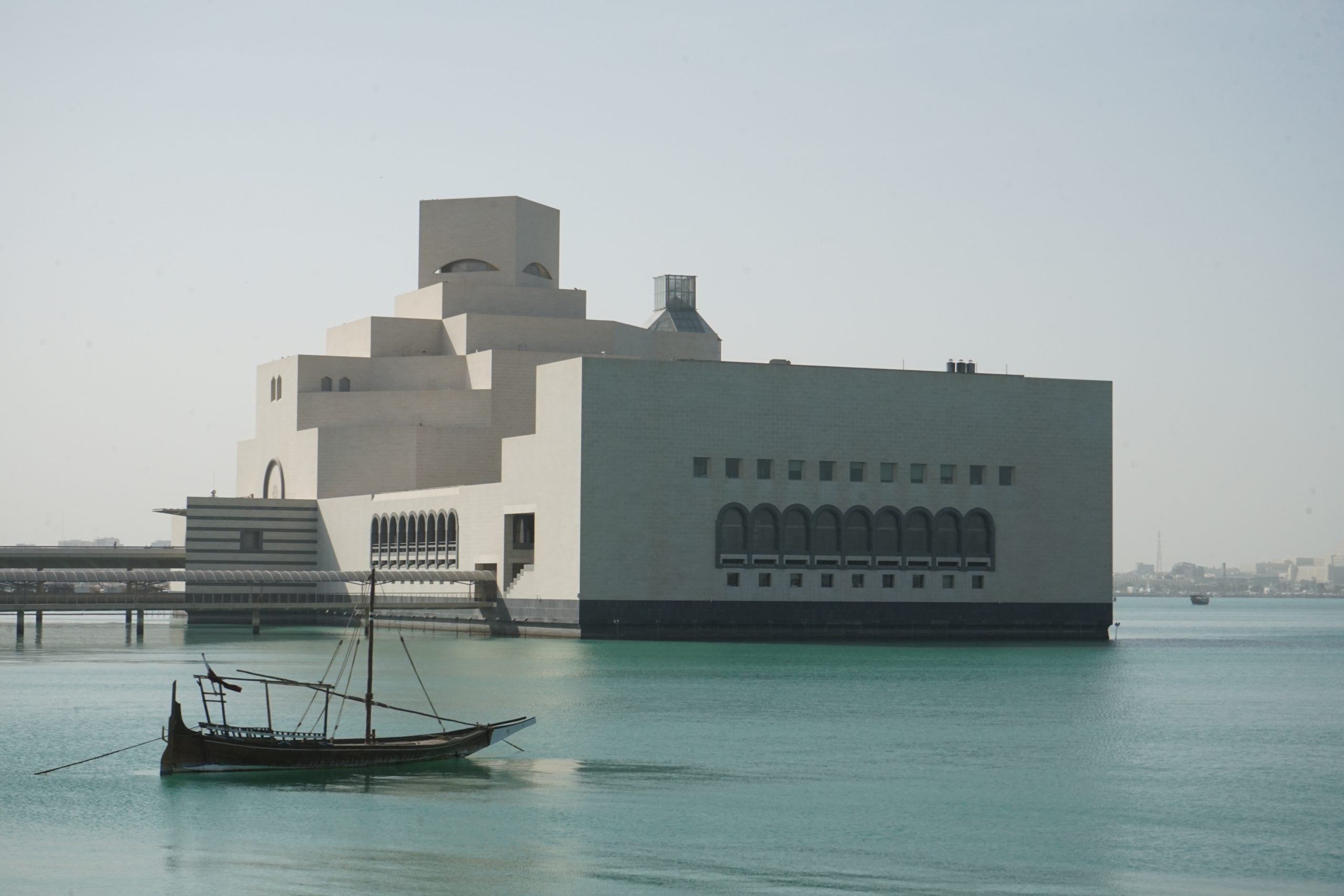
Over the last two decades, Doha and Singapore have invested significant resources to position themselves as cultural hubs. These ambitions were stated in long-term planning documents such as the Renaissance City Plans in Singapore and Vision 2030 in Doha.
They materialised with the creation of landmark cultural infrastructures, like Singapore’s Esplanade, opened in 2002, or its National Gallery, inaugurated in 2015, as well as Doha’s Museum of Islamic Art, opened in 2008 and its National Museum, inaugurated in 2019. These strategies were aimed at diversifying the economy, boosting tourism, promoting the city as open and dynamic, and expanding its regional and global influence.
The sudden onset of the Covid-19 pandemic posed a deep challenge to such cultural strategies. Border restrictions, safe distancing and lockdowns have come at a high cost for culture. As international tourism flows were halted and culture labelled a ‘non-essential’ sector, the ‘culture as instrument of growth’ discourse suddenly appeared as disconnected from reality.
In this context, resilience has emerged as a central keyword in the cultural policy discourse. It captures both the capacity of cultural scenes to adapt to the crisis by reinventing their own practices, and the role that culture is expected to play in the pandemic: heal psychological wounds, improve well-being and tie society together.
The objective of this article is to analyse the deployment of the resilience discourse as an overarching narrative in Doha and Singapore’s cultural scenes.
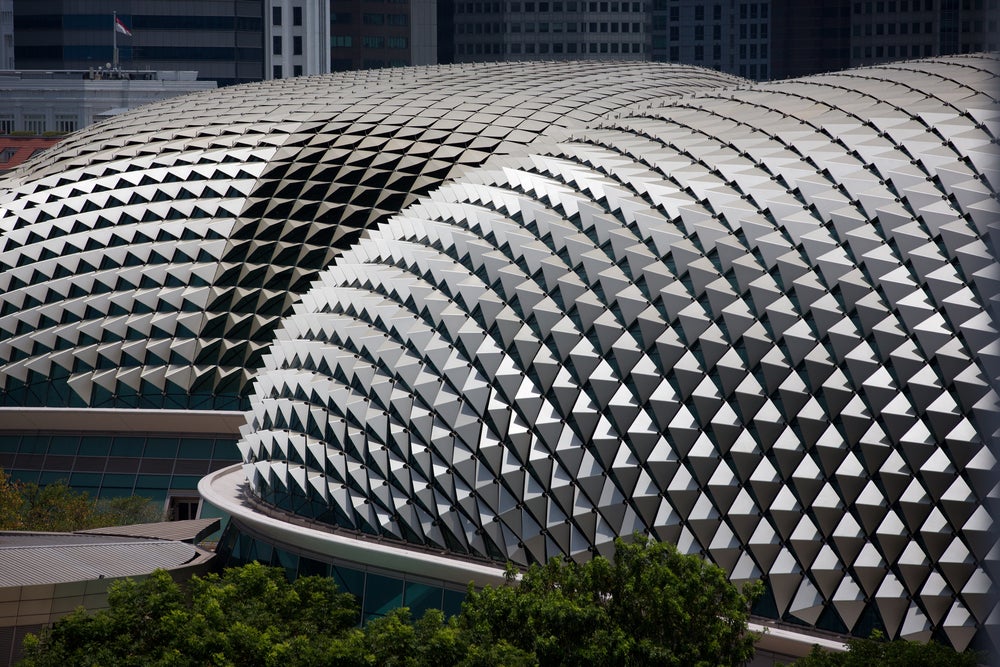
Top-down cultural policy strategies like those of Singapore and Doha formulate policy discourses that draw on a transnationally circulating repertoire, shaped by interconnected experts, practitioners and policy makers. It is often assumed that such policy discourses are conceived in a hegemonic West and diffused across the world. I argue, in my research, that the fabric of such policy discourses is distributed across space, albeit unevenly, and that elites in cities like Doha and Singapore, by developing place-specific models, take part in their construction. The emergence of the cultural resilience discourse amid the Covid crisis is characteristic of this process.
Doha and Singapore are both highly connected to transnational cultural policy-making networks. This comparative overview aims to shed light on the production of the cultural resilience discourse. This discourse is now established in arenas like UNESCO, which launched Resiliart in April 2020 to document and promote cultural responses to the pandemic across the world. As Jennings et al. (2017) have argued, three facets of cultural resilience can be distinguished. Personal resilience refers to the role of art and culture in ‘psychological and physical health, well-being and development’. Economic resilience considers the capacity of artists and cultural producers to sustain themselves financially. Community resilience pertains to the role of culture in maintaining cohesive and secure societies.
Personal resilience: The arts as a tool to cope with the crisis
Around the world, the pandemic has been a source of distress: uncertainty, fear, isolation, and disruption of routines. Hence, cultural policy makers have put forward culture as a tool of personal resilience and argued that artists can inspire people and help them cope with the hardships generated by the pandemic.
The Singapore Minister for Communications and Information justified support to media companies on the ground that they ‘create content that inspires, uplifts and binds us as one united people’. Likewise, the Senior Parliamentary Secretary for Ministry of Culture, Community and Youth said: ‘We want cultural performances to continue during this time as the arts inspire us and lift our spirits.’
Even when all cultural activities were cancelled, the power of culture was put forward through emblematic online performances, like Beethoven 360° led by the Singaporean conductor of the Nuremberg Symphony Orchestra, a performance assembled from the individual recording of musicians from Chicago, Dresden, Hong Kong and Tokyo, which was praised as a ‘a moment of uplifting hope that we can overcome the challenge by orchestrating our efforts’.
In Doha, the Qatar Foundation and Qatar Museums launched a digital art contest titled ‘The Untold Stories of Resilience’, inviting artists to ‘use their creativity to capture the spirit of human resilience in the face of crisis’, by submitting work inspired from their life experience in the context of the pandemic. It was presented as an ‘opportunity for the global artistic community to document this extraordinary period in our lives, and reflect how we have faced up to it and come closer together even when we may be apart’.
Likewise, the exhibition Outbreak, launched as part of the Ajyal festival invited twenty-four artists to express themselves based on their experience in the pandemic. Such initiatives, according to the festival director, ‘remind us of our innate ability to rise up and triumph over hardships to determine a brighter future’.
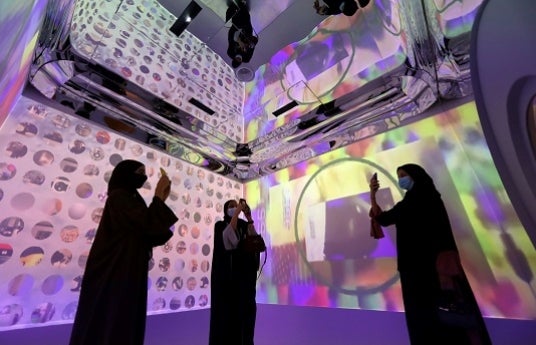
Cultural leaders in both cities have endeavoured to contribute to the resilience against the Covid crisis, by highlighting positive stories involving artists and cultural initiatives, in order to stress the importance of culture in times of crises. They have also emphasised the common hardship that the world face and drawn on their transnational networks to launch projects that showcase transnational solidarity.
Economic resilience: Sustaining the city’s cultural life
Resilience has also been mobilised to refer to the way in which cultural professionals could sustain their activities despite health restrictions. Even before major community spread started, border restrictions were introduced and international shows cancelled. Quickly afterwards, social gatherings were restricted, which put many cultural projects on hold. Lockdowns constituted the most advanced stage of the crisis. Museums and private galleries were closed, cultural and art classes had to be conducted remotely, and even cultural production such as photo or video shoots were not permitted.
For cultural professionals that were part of large state-funded organisations, facing the crisis was mainly about reorganising their activities to adapt to work from home and interact remotely with the public. In both cities, landmark cultural organisations have strived to display their resilience by coming up with new ways to diffuse culture.
Singapore’s Esplanade Offstage portal enabled viewers to access recorded and archival concerts from Singapore and Asia such as those of the Singapore Chinese Orchestra and the Singapore Symphony Orchestra. The Singapore Art Museum and the National Gallery Singapore enhanced their online offering. Major festivals were turned into digital platforms, like the Singapore Heritage Festival in June and the Singapore Art Week in January 2021.
Likewise, in Doha, the various team members of the Museum of Islamic Art found ways to convert their activities to the online space. Tour guides produced films and diffused them on Instagram, and live book reading sessions were organised by the library team. The Doha Fire Station, an arts residency and exhibition centre, posted videos of ‘Artists Working from Home’. The cultural district Katara put up virtual exhibitions, while the film festival Ajyal experimented with a hybrid format.
For freelancers or small cultural organisations, the issue of getting through financially added up to the concern of maintaining relations with the public. In Singapore, the cultural scene was particularly vulnerable due to the large proportion of freelancers, who represented nearly half of arts professionals (whereas they represent roughly 15 per cent of the labour force). Cultural professionals saw their projects cancelled one after the other. Their resilience was often put forward in the press, stressing how they managed to stay positive. In March 2020, Wan Munirah described how cultural freelancers were coping by relying on the invoices of previous jobs, being ‘extra frugal’ and ‘going with the flow’.
Cultural organisations had to adapt to the digital format: art galleries like Chan + Hori and Fost and Gajah launched online shows to sell artworks of Southeast Asian artists. Art instructors took their lessons online, by livestreaming their classes or providing pre-recorded lessons to continue serving their clients when restrictions were in place. Concerts and performances were organised online. As the Singapore Symphony Orchestra Chief Executive Officer explained, online concerts are less about generating ticketing income than pursuing their ‘mission to share the love of music’ and engaging with their public. Some art organisations put up virtual fundraising events, like the theatre company Wild Rice, which held its annual gala online in October.
While such initiatives highlighted the resilience of cultural actors, public support was necessary to help precarious cultural workers and organisations live through the crisis. This took the form of a S$55 million ‘Arts & Culture Resilience Package’. This included rent waivers for cultural organisations hosted in government-owned facilities and compensations for salary payments. The SkillsFuture programme allowed cultural workers to receive payments while they participated in online training programmes. The Digital Presentation Grant allocated support to cultural organisations to encourage them to set up digital projects and convert their activities for the online space.
While cultural strategies in cities like Doha and Singapore have been founded on the premise of the economic impacts of culture, the Covid crisis has revealed the vulnerability and precariousness of the professionals working in the cultural and creative economy. This stands out all the more in the Singapore cultural scene, which heavily relies on freelancers, and where exceptional measures were needed. In contrast, Doha’s scene relies more on centralised public institutions, which could sustain their funding despite the disruptions caused by the pandemic.
Community resilience: Projecting positive values in times of uncertainty
Cultural policy makers strived to use culture to project positive values both internally and externally. These values are exemplarity, solidarity and reflexivity.
First, culture had to show exemplarity. In Singapore, the Ministry of Communications and Information supported local illustrators ‘to highlight that everyone can play their part in overcoming Covid-19 by adhering to Circuit Breaker measures like social distancing, wearing masks, and working from home’, and to ‘encourage Singaporeans to stay resilient and support each other during these trying times’".
In both cities, the restart of cultural activities has been a way to display the exemplarity of the city as a whole in the management of Covid. For instance, in November 2020, the possibility to hold part of the Ajyal festival physically was presented as a proof that ‘by combining cutting-edge technology with strict adherence to social distancing rules, Qatar has seemingly managed to contain its outbreak of coronavirus quite successfully’.
Second, culture had to showcase solidarity. As the pandemic in Singapore in the earlier stage affected mostly migrant workers in dormitories, many initiatives of solidarity have been put forward: The Concordia Quartet launched a campaign to raise $10,000 for the humanitarian organisation HOME that supports migrant workers. Video messages were produced voicing support, like the film professional Tiffany Ng, who addressed a video message saying, ‘You are a part of our country which you helped build, and we're here to fight this together, with you.’ Doha relies even more on migrant workers, who represent the overwhelming majority of the workforce and played an essential role in the public health response. Hence, the Outbreak exhibition was put forward as a ‘tribute to the brave frontline workers and modern-day heroes who sacrifice their lives daily for our safety’.
Finally, the cultural sector has contributed to the heritagisation of the pandemic: documenting, assembling material evidence and testimonies about these exceptional times and shaping a collective narrative. The National Museum of Singapore invited photographers and filmmakers to document life during the pandemic, in order to ‘preserve this important moment for the future’, as the exhibition leaflet indicates.
The exhibition ‘Picturing the Pandemic, A Visual Record of Covid-19 in Singapore’ documents the daily life of individual citizens, the experience of schooling during the lockdown period and after the reopening, the work of nurses and other health workers, and the situation of migrant workers. Likewise, the National Museum of Qatar asked its audience to send photographs or illustrations about their situation of self-isolation to produce an exhibition titled ‘Habitats and Shelters’ that shows ‘how the community adapted their living spaces during lockdown’. The museum director presents the initiative as a ‘response to the Covid-19 pandemic to provide a creative outlet for our digital audience during these challenging times’.
In both Doha and Singapore, culture has been mobilised as a soft instrument to respond to the Covid crisis. Through the projection of a coherent and linear discourse, it serves to alleviate the sense of political uncertainty and the tensions generated by the pandemic.
Conclusion
This rapid overview of the mobilisation of the resilience discourse to shape the cultural policy response to the Covid-19 pandemic in Doha and Singapore provides insights into what seems to constitute a new form of cultural instrumentalism. Cultural resilience refers both to efforts to safeguard the cultural sector, rendered vulnerable during this crisis, and to put culture at the service of a wider response to the health crisis.
Resilience can be both understood as a capacity to absorb shocks, maintain the status quo or as a capacity to adapt and advocate for change. This overview suggests that the resilience discourse serves to keep the fundamentals of Doha and Singapore’s cultural policy in place while displaying a capacity to adjust. The notion of cultural resilience hence requires scrutiny.
First, emblematic examples of resilient cultural professionals do not necessarily reflect the way in which the vast majority of artists and cultural producers cope. The notion of resilience may conceal the issue of precarity in the cultural sector behind successful role models. Second, if cultural resilience remains understood in a narrow way as the use of culture to project a consensual narrative conveying comfort and hope, it will not allow it to raise difficult questions, such as the issue of the living conditions of migrant workers, who, in both cities, have been the hardest hit by the pandemic.
Jeremie Molho has received funding from the European Union’s Horizon 2020 research and innovation programme under the Marie Skłodowska-Curie grant agreement No 843269.
The views expressed in this forum are those of the individual authors and do not represent the views of the Asia Research Institute, National University of Singapore, or the institutions to which the authors are attached.






